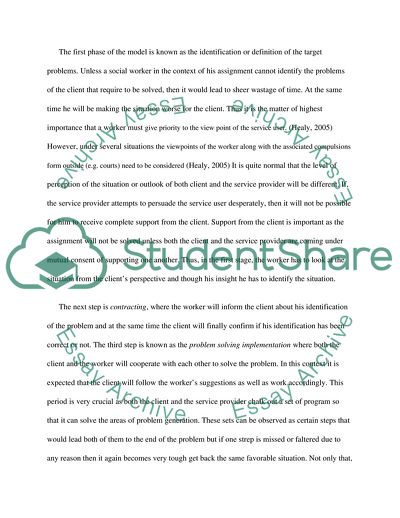Cite this document
(Comparison and Contrast Two Social Work Theory: Task Centered Practice Term Paper, n.d.)
Comparison and Contrast Two Social Work Theory: Task Centered Practice Term Paper. Retrieved from https://studentshare.org/social-science/1723582-compare-and-contrast-two-social-work-theories
Comparison and Contrast Two Social Work Theory: Task Centered Practice Term Paper. Retrieved from https://studentshare.org/social-science/1723582-compare-and-contrast-two-social-work-theories
(Comparison and Contrast Two Social Work Theory: Task Centered Practice Term Paper)
Comparison and Contrast Two Social Work Theory: Task Centered Practice Term Paper. https://studentshare.org/social-science/1723582-compare-and-contrast-two-social-work-theories.
Comparison and Contrast Two Social Work Theory: Task Centered Practice Term Paper. https://studentshare.org/social-science/1723582-compare-and-contrast-two-social-work-theories.
“Comparison and Contrast Two Social Work Theory: Task Centered Practice Term Paper”. https://studentshare.org/social-science/1723582-compare-and-contrast-two-social-work-theories.


